不适合老龄化人口的城市
2019-09-05百瑞威尔逊岳阳
百瑞·威尔逊 岳阳[译]
介 绍
伴随中国推行独生子女政策,全球城市化趋势加剧了发达经济体人口老龄化导致的人口结构转变(图1)。为老年人提供适当的城市关怀已成为迫在眉睫的挑战,但到目前为止的重点主要是为老年人提供充足的居住场所。而近期经常被提及的“居家安老”模式以及必要的“社区式关怀”在一定程度上弥补了公共医疗支持的不足。这实际上已将更广泛的城市公共领域定位为向老年人提供帮助的关键部分。
警示信号
近年来,香港城市设计学会越来越意识到城市环境在满足老年人口需求方面所面临的严峻问题。2017年初,政府统计出2016年中期人口统计的官方结果显示,人口的年龄中位数由10年前的39.6岁增加至43.4岁,这引起了严峻的警示。65岁或65岁以上人口的比例从2006年的12%增高至16%。1986年,这一数字仅为8%。社会老龄化是一个渐进的过程,很容易被人忽视,然而如果我们现在再向前看20年,这种差异就会变得非常明显,香港65岁以上的人口数量已达到香港人口的31.1%。
考虑到城市环境在城市普遍使用及环境健康方面不理想的情况,学会决定将注意力集中在现有人口老龄化的城市范围内。学会优先考虑那些致力于思考和投入面向未来发展的公共或私人开发项目。我们构思了一种三管齐下的方法,首先进行的研究被作为2018年2018 HKIUD大会“乐享退休生活行动—为全民城市设计”的讨论重点。会后明确了行动计划和目标、启动了一个试点项目,公布关键的城市设计要素,使老龄人口保持活力、健康和参与,从而继续为社会、社区做出贡献并减少护理负担(图2—图10)。
学会继续探索我们的城市如何更具包容性的物质和社会问题,以及为什么更好的城市设计对于加强我们社区的文化联系至关重要,特别是人口老龄化问题,包括步行、有活力生活环境、运输方式、社会参与、医疗保健和综合用途发展。积极的老龄化研究有以下目标。
第一,概述优秀具有包容性的城市设计应具备的关键的“软件”“硬件”,例如从政策、步行性、住房等角度来看。
第二,探索如何将来自世界各地的创新项目的最佳实践研究案例应用于我们的城市。
第三,明确在具体政策和城市设计方面什么可以有效地为香港的老年人服务。
第四,影响政府如何规划城市以适应人口快速老龄化的增长。
第五,突出业内专业人士将面临的机遇和挑战。
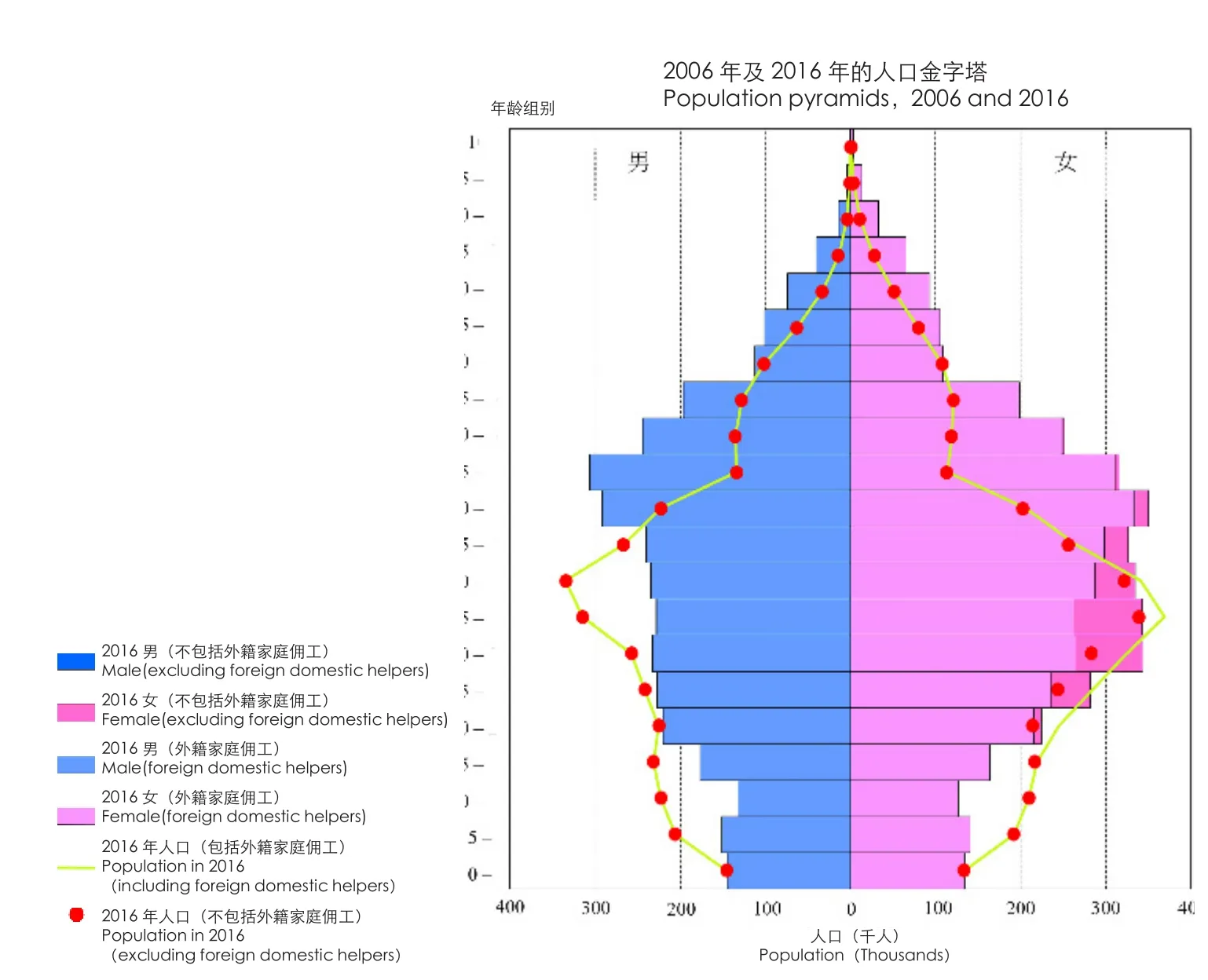
图 1 / Figure 12016年中期人口统计图 / 2016 Population By-census-Graphic Guide
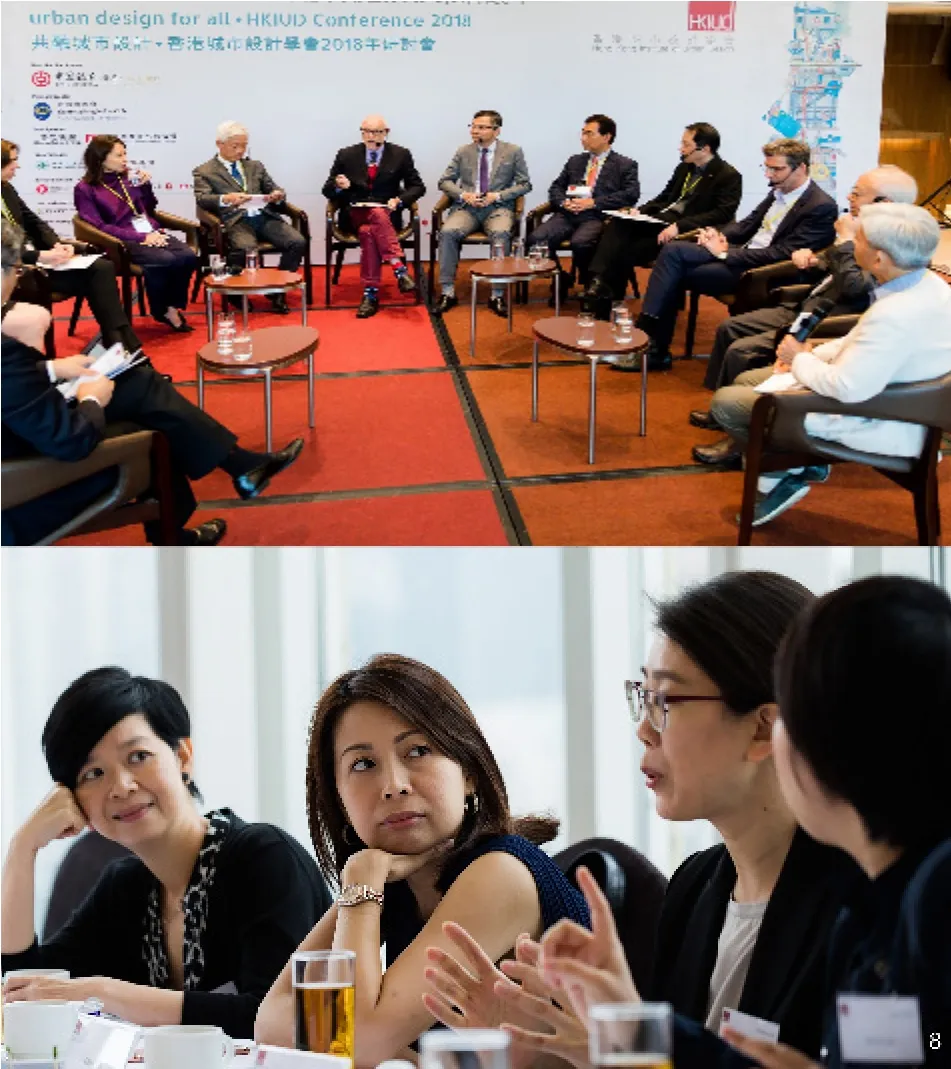
图 2 / Figure 22018 HKIUD 研讨会(2)/ HKIUD Conference 2018 (2)
得到一些事实
“香港城市环境中的老龄化人口—体验工作坊”最初于2008年3月举行,是由香港生命科技大学、P&T集团及香港圣公会福利会(SKHWC)联合举办的一项重要的会前研究活动。工作坊得到约40名目标参与者的支持,包括伯纳黛特·林(Bernadette Linn)女士(规划及土地发展局常任秘书长),托尼·谢(Tony Tse)先生(建筑、测量、规划及景观立法会议员),西尔维娅·林(Sylvia Lam)女士(建筑署署长),雷蒙德·李(Raymond Lee)先生(规划署署长),爱丽丝·万(Alice Wan)女士(南区健康及安全协会有限公司董事会成员)及苏珊·黄(Susanne Wong)女士(中环区民政事务专员)。参与者能够试穿香港历耆者(Eldpathy—empathy for elderly) HK提供的“老年模拟服装”,该组织鼓励通过体验项目参与老年慈善事业。该设备是台湾自行车与健康技术产业研发中心(CHC)的专利发明,由医生、护士、生理学家和社会工作者等专业人士开发,包括一些特殊设计的障碍,如重物、支架、松紧带、束带和一副模糊的眼镜,让参与者感受到老年人如何弯曲身体,掌握老年人的身体经验。在志愿者的协助下,参加者在西区参与多项典型的户外日常生活老人活动,例如参观西区长者社区中心,在公园内试用社区设施和老人健身器材,最终经历了老年人面临的不同的现实生活困境。
开展这项研究的一个关键部分是建立一个数据集(表1—表7),可以重点就老年城市活动的主要障碍和启示得到收集和呈现。在佩戴老年人模拟服装之前,工作坊对参与者开展了一项在线调查,并在体验之后衡量其对当前身体的状况与他们未来可能的情况之间的感知变化。参与者不仅要了解他们的身体状况在未来几年会如何变化,并认识到与此相关的困难,他们也能够更好地理解社区中的老年人。几乎每个人都有需要照顾的老人家庭或朋友,为这项活动带来了非常个体化的相关性和观点。
第二次工作坊随后于2018年9月举办,参与者由来自香港中文大学、清华大学和斯坦福大学的学生组成,旨在教育明天的城市设计师,同时从对比鲜明的年轻体验者中收集更多数据。目前在这里分享的数据基于第一次和第二次体验工作坊期间进行的调查以及Facebook正在进行的在线调查。在线调查作为一个控制组,代表公众中那些没有体验过模拟服装的人的看法。
那么,香港的城市设计如何更具包容性,使老年人能够保持活力、独立并保持健康更长时间,从而乐享退休生活?设计师和政策制定者是否完全了解老年人面临的困难?

图 3 / Figure 3HKIUD会议安排的体验活动/HKIUD-Actions for Active Ageing
正式地说,我们需要更多的厕所
这个调查概述了改善城市环境所需的一系列重要问题,其中许多问题对于大多数人来说都是简单而明显的。例如,所有3个小组都认为保持积极乐观,更健康、自由、有能力出行”是老年人“心情愉快和健康”的关键议题。
当我们面对“我们的城市环境如何支持积极健康乐颐年”这个问题时,可以在公众普遍认知与积极参加模拟服装的人的观点之间找出明显的差异。虽然第一和第二次体验工作坊的“体验者”和“学生”都表现出了一致的结果,大约三分之二的人认为环境“并不是他们想的那样”适合积极健康乐颐年,但未参加的公众提供了更为积极的观点,几乎有一半认为环境可以接受。第一次工作坊参与者在参加体验工作坊之前进行的调查结果为此提供了支持。因此,对老年人问题认识不正确的观点一直存在。
调查的第三个方面试图确定何种因素可以促进营造老年人友好型城市环境、舒适的步行环境,实现便利的交通连接。无障碍设施的可达性、休息区的设置也是各组突出强调的部分。该研究确定了塑造老年友好型城市环境的关键因素,将其分为4个子集:第一,安全;第二,体能支援;第三,认知能力;第四,福祉。
在提供安全基础设施方面,道路交叉口、狭窄的步道、障碍物的存在和坡度因素对于体验参与者而言比公众认知影响更大。同时,台阶和不平坦表面的存在是其中最大的城市安全隐患。设置更宽敞的路面同时设置适合的扶手被认为是明智的选择,而支持性设施则强调需要更多地提供厕所和座椅来避免老人不得不长途跋涉的情况。
在认知和驾驭城市环境的能力方面,第一次工作坊小组的经验是深刻的。在进行了体验式工作坊之后,大家发现“难以找到新的场所”的数量显著增加,这对于老年人积极参与不熟悉的活动环境或被要求进入不熟悉的地点构成了很强的阻碍。在一天结束时,老年人可以保持与社区的联系,并能够在维护良好的基础设施中活动,这是他们在城市环境中最乐于见到的事情。
这些真的重要吗?
随着许多发达国家走向人口老龄化的阶段,使城市更加适合社会各年龄段的需要变得至关重要。实现积极健康的老年生活非常重要,优质景观区域的可达性使得老年人步行出行变得轻松愉快。不均匀的铺路、台阶,休息机会的缺乏或厕所供应不足都可能成为想要散步的老年人的障碍,这使得日光、自然环境和社交场所会是否成为老年人的负担。这是从家到目的地旅程的挑战,对决策制订起着关键作用。只要有一件事是错误的或困难的,就有可能阻止老年人走出家门,所以物理环境的设计至关重要。诸如是否在座位上放置设备以帮助上升或下降以及是否选择不会过热或过冷的材料等细节可以产生巨大的差异。
值得注意的是,以下这些都有助于我们理解老年人需要保持活跃和积极这个议题。如果人们在户外而不是在室内,他们更有可能步行。户外活动也有助于避免社交孤立以及由此带来的孤独和心理健康问题。人体还需要维生素D,阳光会影响我们的昼夜节律,影响睡眠质量。提供“虚拟和人工景观”的技术永远无法取代真实的景观。更好的步行环境是很重要的,使人感到愉快,为人遮荫降温,人们可以通过听鸟鸣、闻花香、享受天气和季节的变化来激活感官。
世界卫生组织于2007年提出建议,对建筑环境进行更好的设计,创建适合老年人居住的城市,支持公众健康进入老年。公共卫生是一项需要跨所有部门、所有环境开展工作的工作,城市领域的投资作为公共卫生设施,与密集的纠正性公共医疗成本相比,其成本极低,效益却很高。然而,要全面衡量和见证高质素的城市设计供应及其经常维修费用对社会的投资回报,需要很长时间。香港城市设计学会希望能够使用收集到的数据来说服政策制定者及相关机构,可达性好,保持活力的城市设计策略可以被积累被并应用在普遍的城市环境中,而不仅仅在社区中提供多种多样的适老化设施。政府希望继续让年轻一代和长者参与有关乐享退休生活的公共决策。
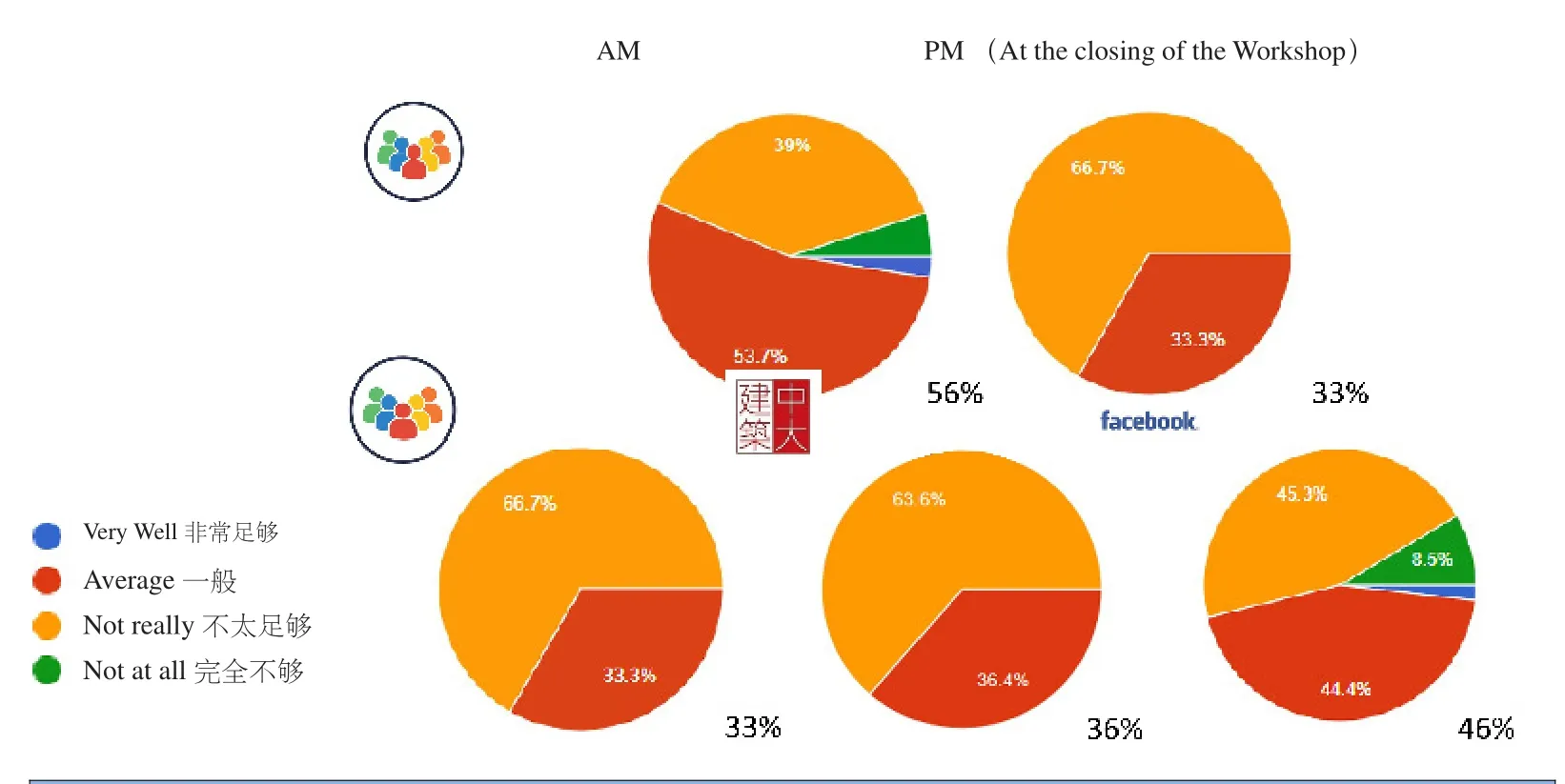
图 4 / Figure 4我们现在的城市设计足够让老人享受退休生活吗? / How well does our current urban environment support Active Aging?

表 1 / Table 1对老年人保持心情愉快及健康的调查(1)/ What do you consider the most important for the elderly to be happy and well (1)

表 2 / Table 2对长者保持心情愉快及健康的调查(2) / What do you consider the most important for the elderly to be happy and well (2)
Cities notfit for the ageing populations
Barry Wilson
Introduction
Along with the one child policy of China, the demographic shift caused by ageing populations in developed economies has been exacerbated by the global trend to urbanisation. The challenge of providing adequate urban elderly care has become pressing, yet the focus up to now has primarily been on providing adequate elderly residential facilities, whereas the frequently presented preference for cageing in place” coupled with a clear necessity for increased “care in the community”that addresses the shortfall in public healthcare support, has in fact positioned the wider urban public realm as the critical battleground for support of the aged.
The Warning Signs
In recent years the Hong Kong Institute of Urban Design has become increasingly aware of the severe problems facing the urban environment in meeting the needs of the ageing population. This was brought to a stark warning in early 2017 when the government results of the Census and Statistics Department’s 2016 by-census, showed that the median age of the population had increased to 43.4 years, from 39.6 ten years previous. The proportion aged 65 or older had increased from 12 percent of the population in 2006 to a new high of 16 per cent. In 1986 thefigure was just 8 percent.The ageing of society is a very gradual process,which makes it hard to notice, however if we now look forward just another 20 years, the difference becomes critically apparent, with the number of people aged over 65 having gone up to a massive 31.1 per cent of Hong Kong’s population.
Already concerned about the poor urban environment found in terms of universal access and environmental health within the city, the Institute decided to focus its attention to evaluation of the urban realm in the eyes of its existing ageing population in an effort to prioritise both thinking and funding towards what would be needed to start to better futureproof both public and private capital works projects. A three-pronged approach was con-ceived in whichfirstly research would be undertaken that would be available as a focus for discussion at the 2018 HKIUD Conference “Actions for Active Ageing – Urban Design for All”. Thefinal post conference stage would reach clear actions and objectives in terms of kickstarting a pilot project addressing the key urban design factors that would enable an ageing population to remain active, healthy and engaged, thereby continuing to contribute society, the community and reduce burdens of care.

图 5 / Figure 5选出城市里最危险的5个场地/Which are the Top 5 Hazards in the Urban Environment?

表 3 / Table 3总体原则(一):安全 / Over=Arching Principle1-Safety

表 4 / Table 4最能提升外出安全的选项 / the Most Helpful in Enhancing Safety
The Institute continues to explore both the physical and social issues of how our cities can be more inclusive and why better urban design is essential in reinforcing the cultural ties in our communities,especially with an ageing population, including ideas of walkability, active living environment,transport modes, social participation, healthcare and mixed-use development. Through its active ageing research, it contains the following aims.
First, outline the key aspects of the different “software” and “hardware” sides to excellent and inclusive urban design – e.g. from policy, walkability,housing, etc. perspectives.
Second, how best-practice case studies from innovative projects all over the world can be applied to our city.
Third, identify what will be needed, in specific policy and urban design terms, to effectively serve the ageing population in Hong Kong.
Fourth, how the government plans for the city to adapt to the rapidly ageing population growth.Fifth, the opportunities and challenges professionals in the industry will face going forward.
Getting Some Facts
“Ageing in the Hong Kong Urban Environment -An Experiential Workshop” was initially held in March 2018 as a major pre-conference research event jointly organised by HKIUD, P&T Group and Hong Kong Sheng Kung Hui Welfare Council(SKHWC). The workshop received support from approximately 40 targeted participants, including Ms. Bernadette Linn (Permanent Secretary for Development - Planning & Lands), Mr. Tony Tse(Member of the Legislative Council for Architectural, Surveying, Planning and Landscape), Mrs.Sylvia Lam (Director of Architectural Services Department), Mr. Raymond Lee ( Director of Plan-ning Department), Ms. Alice Wan (Member of the Board of Directors, Southern District Healthy &Safe Association Limited) and Mrs. Susanne Wong(District Officer of Central and Western).

表 5 / Table 5总体原则(二):体能支援 / Over=Arching Principle2-Physical Support

表 6 / Table 6最需设立的老年人辅助设施 / the Most needed Supportive Facilitiesll
Participants were able to “gear up” with an“elderly simulation suit” provided by Eldpathy HK, an organisation that encourages participation in elderly philanthropy through experiential programmes. The suit, which is a patented invention of the Cycling & Health Technology Industry R& D Center (CHC) in Taiwan has been developed by professionals including doctors, nurses, physiologists, and social workers. It consists of several specially designed impediments such as weights,braces, elastic band restraints and a pair of blurry eyeglasses, which allows participants to feel how the aged bend their bodies and grasp the physical experiences of an elderly person. With the assistance of volunteers, participants were engaged in a number of typical outdoor daily life elderly activities in Western District, for example, visiting Western District Elderly Community Centre,trying out to the community facilities andfitness equipment for the elderly in a park, and eventually experiencing different real-life hardships faced by the elderly.
A key part of undertaking the research was to build up a data set that could highlight priorities in terms of identifying the key barriers and affordances to elderly urban activity. An online survey was developed which was undertaken by the workshop participants both before wearing the elderly simulation suit and following the exercise, the object being to gauge any change in perception between undertaking tasks in their current physical state compared with that of what they might expect in years going forward. Not only do participants get to understand how their physical condition will deteriorate in future years and recognise the difficulties associated with that, they are also able to better empathise with seniors in the community.Nearly everyone has elderly family or friends that need to be looked after, bringing a very personal relevance and perspective to the exercise.
A second workshop was subsequently held in September 2018 with participants comprised of students from Chinese University Hong Kong,Tsinghua University and Stanford University as a means to both educate tomorrow’s urban designers and at the same time collect further data from a contrasting and youthful user group. The data cur-rently shared here is based on the surveys undertaken during the First and Second Experiential workshops as well as that from the ongoing online survey on Facebook which acts as a control group representing the public perception of those who have not had the benefit of having experienced the simulation suit.
So how can urban design in Hong Kong be more inclusive and enable the elderly to stay active,independent and remain healthy longer which is the overall challenge of active ageing? Do designers and policy makers have a full understanding of the difficulties faced by the elderly?

图 7 / Figure 7方便易懂的信息和清晰的标志? / Easy Information Gathering and Clear Signage
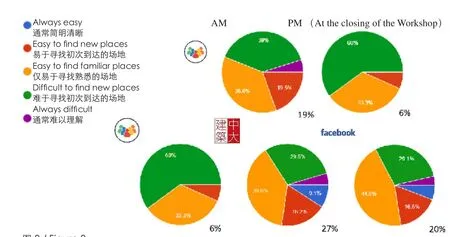
图 8 / Figure 8总体原则(三):认知部分 / Over=Arching Principle3-Cognition
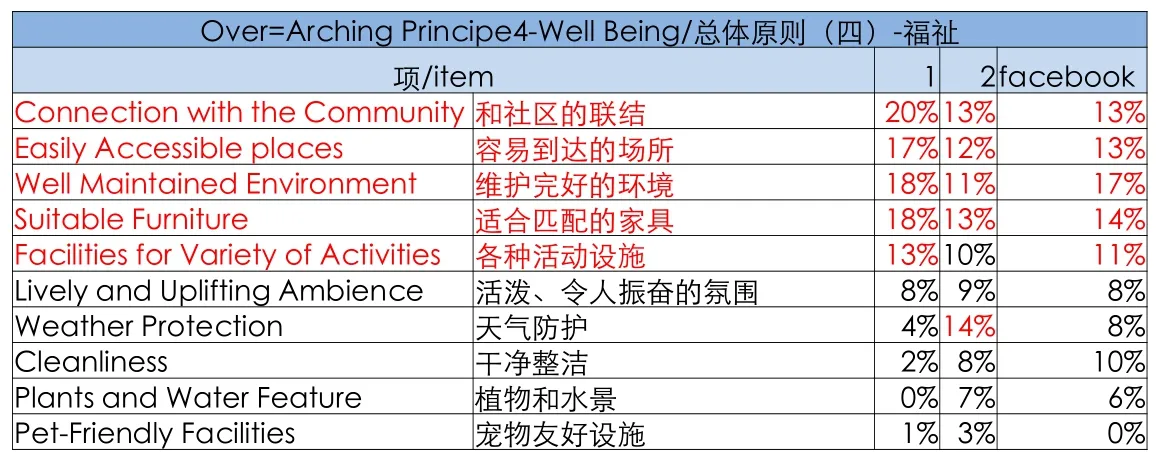
表7 / Table 7总体原则(四):福祉 / Over=Arching Principle4-Well-Beingl
It’s Official, We Need More Toilets
The survey outlines a whole host of important issues needed for improvements in the urban environment, where many are simple and obvious to most it would seem. For instance, all three groups similarly identify “Staying Active for Better Health, Freedom and Ability to Go Places” as the most important issue for the elderly to be “happy and well”.
When the question is asked “How Well Does Our Urban Environment Support Active Ageing?”,however a distinct differential can be identified between the public general perception and the considerations of those who have actively worn the simulation suit. Whilst both the “selected”and “student” participants of thefirst and second experiential workshops showed consistent results,with roughly two thirdsfinding the environment“not really” suitable to active ageing, a much more positive perspective is provided by the general public where almost half consider the environment acceptable. This is backed up by the results of the survey undertaken by the 1st workshop participants BEFORE they undertook the experiential workshop. The suggestion exists therefore that the problems of the elderly are not properly recognized.
The third area of the survey tries to identify what makes an elderly-friendly urban environment,where a comfortable walking environment and convenient transport connections are paramount to all survey groups. The importance of having barrier free access and rest points are also highlighted consistently across groups. The study identified the key elements that shape an elderly-friendly urban environment by dividing them into four subsets.
First, safe infrastructure.
Second, supportive amenities.
Third, cognitive power.
Fourth, well-being factors.
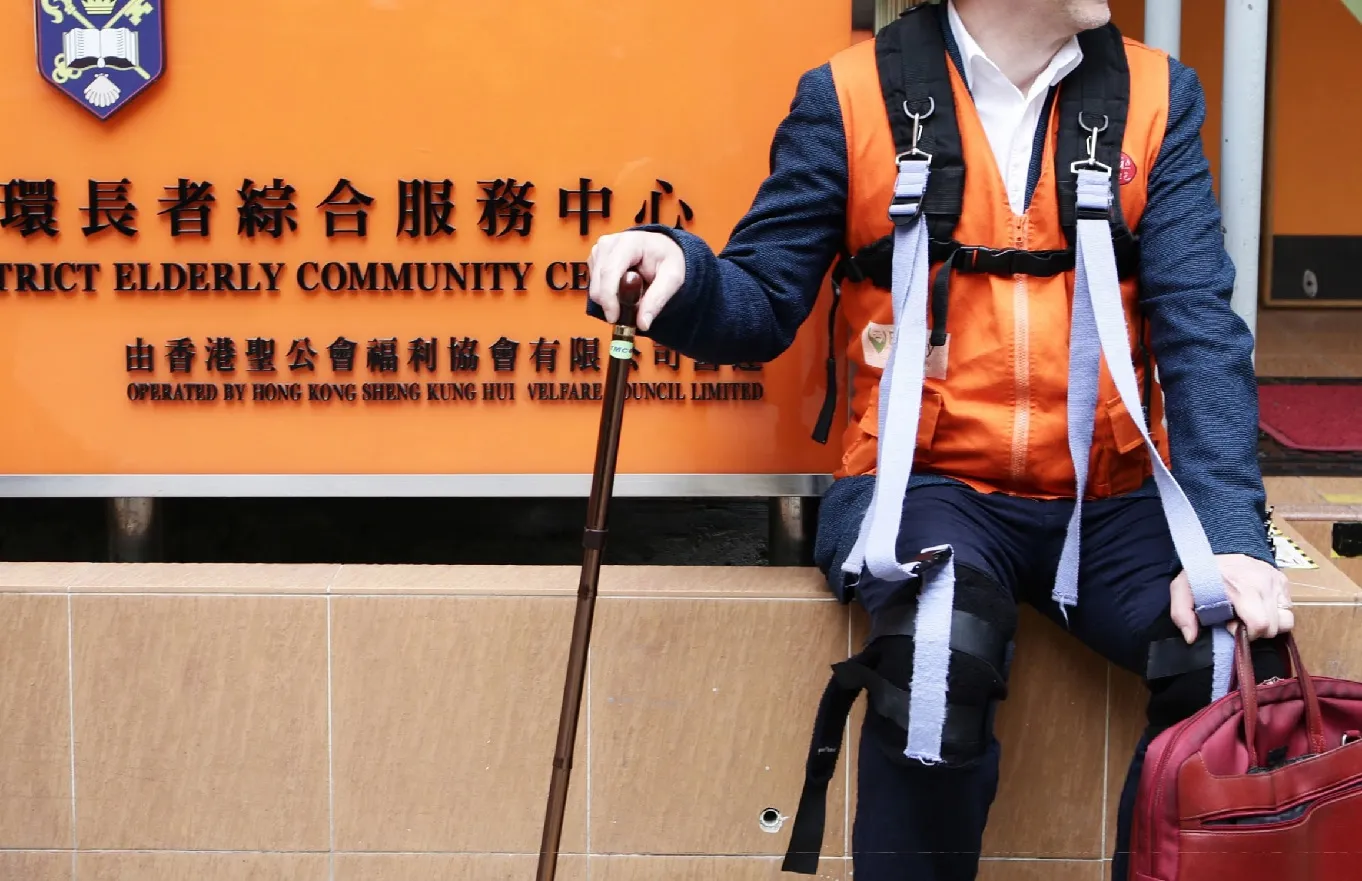
图 9 / Figure 9体验式工作坊(1) / Experiential Workshop(1)
When it comes to the provision of safe infrastructure, factors such as road crossing, narrow footpath widths, presence of obstacles and steepness of gradients have a greater importance to the experiential groups than the public perception, whilst the presence of steps and uneven surfaces is considered the greatest urban safety hazard across all sectors.Solving such problems with wider pavements and providing handrails is clearly substantiated whilst supportive amenities highlight the need for more regular provision of toilets and seats as a means to reducing the barrier of having to walk long distances.
When it comes to cognition and the ability of navigating the urban environment, the experience of the 1st workshop group was profound. After undertaking the experiential workshop, a significant increase was observed in numbersfinding it “difficult tofind new places” which would constitute a strong deterrent to actively engaging in the unfamiliar, widening the activity base or being required to attend unfamiliar locations. At the end of the day, maintaining connections with the community and having easily accessible places for a wide variety of activities in well maintained and appropriate facilities is what makes the elderly most happy in the urban setting.
Does It Really Matter?
As many developed countries move towards the problems of ageing populations, making our cities more age enabled to all sectors of society becomes essential. Being active through ageing is important and accessibility to quality landscape areas in particular makes it easy and enjoyable to get out on foot. Uneven paving, steps, a lack of rest opportunities or insufficient toilet provision can all act as barriers to elderly wanting to take a walk whereas access to daylight, the natural environment and sociable places act as affordances. It’s the challenge of the journey from the home to the destination that has a key impact on decision making.Just one thing wrong or difficult can stop elderly getting out and about, so the design of the physical environment is critically important. Details such as having arms on seats to help get up or down and choosing materials that don’t get too hot or cold can make a huge difference.
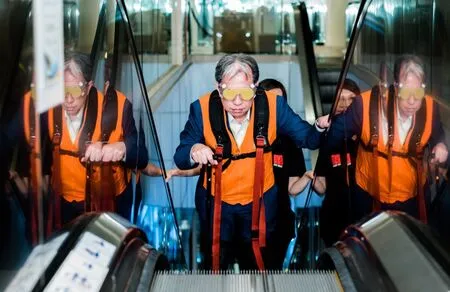
图 10 / Figure 10“老年模拟服装”/"elderly simulation suit"
In better understanding the issues of keeping active it is noteworthy that people are simply more likely to walk if they are outside rather than being indoors. Getting outside can also help to avoid social isolation and the resultant problems of loneliness and mental health. The body also needs vitamin D through sunlight and daylight can affect our circadian rhythms and impact sleep quality.Technology providing a “virtual and artificial landscape”can never replace the real thing. Better pedestrian environments, which are pleasant,shaded and can activate the senses by hearing birdsong, smelling fl owers, and enjoying the change of weather and season are important.
The WHO recommends better design of the built environment to create age-friendly cities that support public health into old age. Public health is something that needs to work across all sectors and all environments and investment in the urban realm as a public health tool is extremely low in cost and high in benefit compared to intensive corrective public medical costs. It takes a long time however to fully measure and witness the return on investment to society at large of quality urban design provision and of its recurrent maintenance cost;perhaps even decades. The Hong Kong Institute of urban Design hopes to be able to use the data collected to convince policy makers and funding bodies of the real and valuable benefits that can be accrued from well considered universal urban design environments, having identified the importance, not just of providing a variety of diverse facilities within neighbourhoods, but also supporting ease of access to them, as the key to maintaining active urban ageing. It hopes to continue to engage both young and elderly generations in public decision making on active ageing issues.
